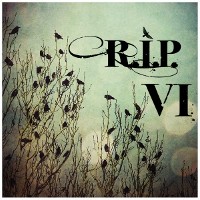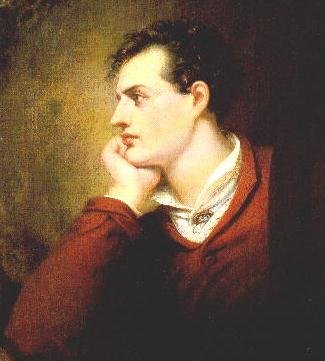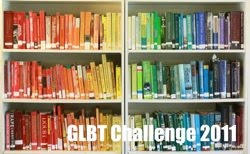[amazon_image id=”1400031702″ link=”true” target=”_blank” size=”medium” class=”alignleft”]The Secret History[/amazon_image]Critic A. O. Scott has called Donna Tartt’s novel [amazon_link id=”1400031702″ target=”_blank” ]The Secret History[/amazon_link] “a murder mystery in reverse.” In the first few pages of the novel, narrated by Richard Papen, a student in a small group of classics majors taught by charismatic and myterious Julian Morrow and which includes cold, enigmatic Henry Winter, twins Charles and Camilla Macaulay, foppish (he wears a pince-nez, I kid you not) Francis Abernathy, and Edmund “Bunny” Corcoran, the reader learns that the group has evidently conspired to murder Bunny and make it look like an accident. What the reader does not know is why. Richard slowly reveals the motive for the murder, as well as the ways in which it reverberates among the members of the group.
After recounting the murder, Richard tells the story more or less chronologically. At the beginning, he transfers to Hampden College in Vermont seemingly to get as far away from his parents in Plano, California, as he can. He becomes intrigued by the classics students, and having studied Greek previously, seeks entry into their exclusive courses. Julian initially denies Richard, and Richard becomes somewhat obsessed with the classics students. One day, he helps some of them with a Greek grammar question, and he is offered a place in their exclusive course of study. Initially, he is somewhat of an outsider in the group, who go on cliquish excursions to Francis’s house in the country and are oddly close-lipped around Richard. Over time, Richard is allowed into the group’s circle of friendship and he discovers a horrible secret about a wild night in the woods near Francis’s country house.
The Secret History is an intriguing thriller. Knowing from the outset that the group will murder one of their friends did nothing to diminish the mystery: quite the reverse, in fact. Initially, the group seem like such logical intellects and scholars that one can hardly imagine what will lead to Bunny’s murder, but as the book progresses, even events that seem outlandish on the surface are rendered in such a plausible way, that the reader hardly questions. (Of course a bunch of highly intelligent classics majors, seeking to get closer to the ancient Greeks they study, would stage a bacchanal. That’s perfectly logical!) Tartt offers an interesting character study into what prompts a murder and how it affects each member of the group differently. The Secret History is as much a character study as anything else, and I think the reader will be surprised by the ending (which did not go where I thought it would, for sure).
Tartt has a gift for description, choosing for her narrator a man who describes his own fatal flaw early in the novel:
Does such a thing as “the fatal flaw,” that showy dark crack running down the middle of a life, exist outside literature? I used to think it didn’t. Now I think it does. And I think that mine is this: a morbid longing for the picturesque at all costs. (7)
And Richard describes everything he sees with this rapt beauty, from the run-down room with the hole in the roof in a house owned by an aging hippie where he spends his winter (and nearly dies of pneumonia) to Bunny’s descent into the ravine, windmilling and grasping for something, anything, to prevent his fall. Richard struggles to see things as they really are and renders events as he seems to wish they had occurred. He even admits this flaw near the end, as he tells the reader how he would have liked to have described an event—his description would have rendered it more romantic.
Jenny has a great review of this book (in fact, it was her review that put the book on my radar). She says,
[A]s a classics geek, I love it that this book makes Latin students seem super dangerous and dark and edgy. This is not necessarily the typical portrayal of Latin students, but it appeals to me: Watch out for us classics people. We are loose cannons and might push you off a cliff if you cross us. Or we might not. YOU JUST DO NOT KNOW.
Point taken, Jenny. I’m not sure I’ll be able to turn my back on a classics major ever again. Awesome read, Jenny. Thanks for for recommending it.
Rating:




This Sunday review shared as part of the Sunday Salon.
Full disclosure: I obtained this book from PaperBackSwap.
















